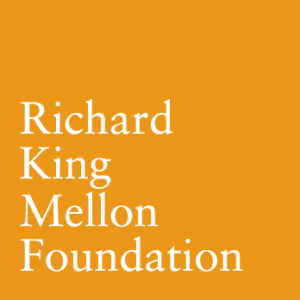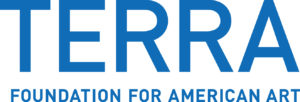Marisol and Warhol Take New York
The Warhol receives state arts funding support through a grant from the Pennsylvania Council on the Arts, a state agency funded by the Commonwealth of Pennsylvania; the National Endowment for the Arts, a federal agency; and The Heinz Endowments. Further support is provided by the Allegheny Regional Asset District.
The Andy Warhol Museum
Located in Pittsburgh, Pennsylvania, the place of Andy Warhol’s birth, The Andy Warhol Museum holds the largest collection of Warhol’s artworks and archival materials and is one of the most comprehensive single-artist museums in the world. The Warhol is one of the four Carnegie Museums.
Carnegie Museums
Established in 1895 by Andrew Carnegie, Carnegie Museums is a collection of four distinctive museums: Carnegie Museum of Art, Carnegie Museum of Natural History, Carnegie Science Center, and The Andy Warhol Museum. The museums reach more than 1.4 million people a year through exhibitions, educational programs, outreach activities, and special events.
By downloading images, you are agreeing to use them for non-commercial, editorial press coverage only, and reproduce each with its accompanying credit and copyright. Please see full terms of service.
Press Images
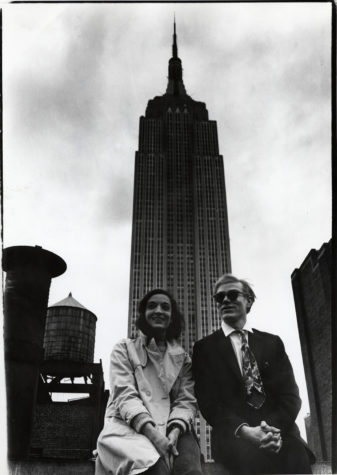
David McCabe, Andy Warhol and Marisol with the Empire State Building, 1965, The Andy Warhol Museum, Pittsburgh; Contribution The Andy Warhol Foundation for the Visual Arts, Inc., Photograph by David McCabe
David McCabe, Andy Warhol and Marisol with the Empire State Building, 1965, The Andy Warhol Museum, Pittsburgh; Contribution The Andy Warhol Foundation for the Visual Arts, Inc., Photograph by David McCabe
Downloads

Marisol, Dinner Date, 1963, Yale University Art Gallery, Gift of Susan Morse Hilles, © 2021 Estate of Marisol / Artists Rights Society (ARS), New York
Marisol, Dinner Date, 1963, Yale University Art Gallery, Gift of Susan Morse Hilles, © 2021 Estate of Marisol / Artists Rights Society (ARS), New York
Downloads
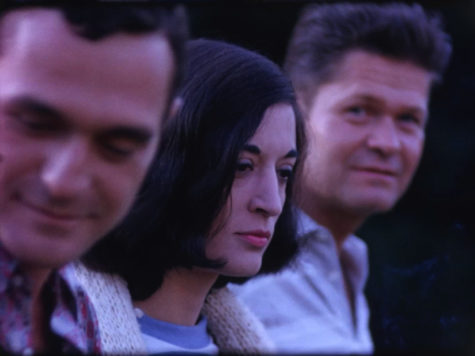
Andy Warhol, Bob Indiana, Etc. (film still), 1963
16mm film, color, silent, 4 min., The Andy Warhol Museum, Pittsburgh; Founding Collection, Contribution The Andy Warhol Foundation for the Visual Arts, Inc.
Andy Warhol, Bob Indiana, Etc. (film still), 1963
16mm film, color, silent, 4 min., The Andy Warhol Museum, Pittsburgh; Founding Collection, Contribution The Andy Warhol Foundation for the Visual Arts, Inc.
Downloads
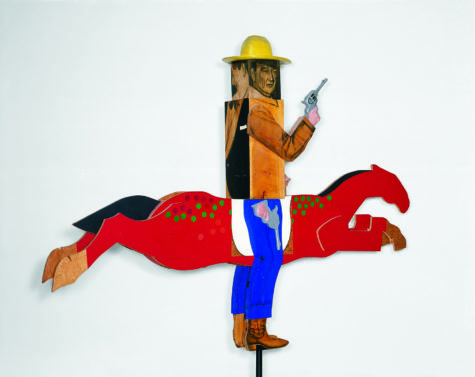
Marisol, John Wayne, 1963, Collection of The Colorado Springs Fine Arts Center at Colorado College, Julianne Kemper Gilliam Purchase Fund, Debutante Ball Purchase Fund, FA 1978.5, © 2021 Estate of Marisol / Artists Rights Society (ARS), New York
Marisol, John Wayne, 1963, Collection of The Colorado Springs Fine Arts Center at Colorado College, Julianne Kemper Gilliam Purchase Fund, Debutante Ball Purchase Fund, FA 1978.5, © 2021 Estate of Marisol / Artists Rights Society (ARS), New York
Downloads
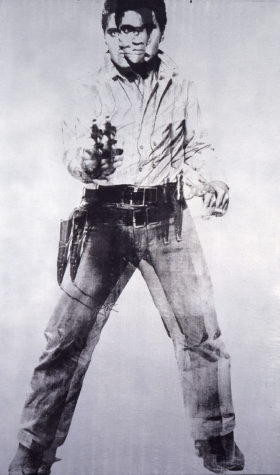
Andy Warhol, Double Elvis [Ferus Type], 1963, © The Andy Warhol Foundation for the Visual Arts, Inc., Elvis Presley™ © 2021 ABG EPE IP LLC
Andy Warhol, Double Elvis [Ferus Type], 1963, © The Andy Warhol Foundation for the Visual Arts, Inc., Elvis Presley™ © 2021 ABG EPE IP LLC
Downloads
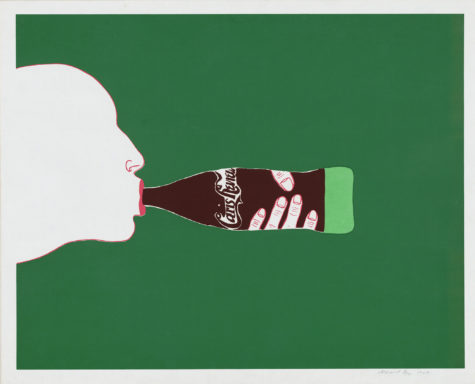
Marisol, Paris Review, 1967, Gift of Page, Arbitrio and Resen, Digital Image © The Museum of Modern Art/Licensed by SCALA / Art Resource, NY, © 2021 Estate of Marisol / Artists Rights Society (ARS), New York
Marisol, Paris Review, 1967, Gift of Page, Arbitrio and Resen, Digital Image © The Museum of Modern Art/Licensed by SCALA / Art Resource, NY, © 2021 Estate of Marisol / Artists Rights Society (ARS), New York
Downloads
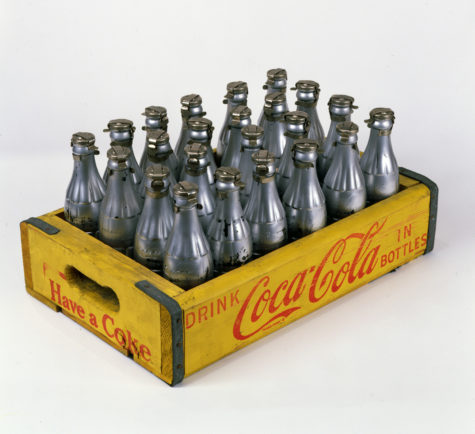
Andy Warhol, You’re In, 1967, © The Andy Warhol Foundation for the Visual Arts, Inc.
Andy Warhol, You’re In, 1967, © The Andy Warhol Foundation for the Visual Arts, Inc.
Downloads

Marisol, The Family, 1963, Currier Museum of Art, Manchester, NH. The Henry Melville Fuller Acquisition Fund, 2005.12, © 2021 Estate of Marisol / Artists Rights Society (ARS), New York
Marisol, The Family, 1963, Currier Museum of Art, Manchester, NH. The Henry Melville Fuller Acquisition Fund, 2005.12, © 2021 Estate of Marisol / Artists Rights Society (ARS), New York
Downloads
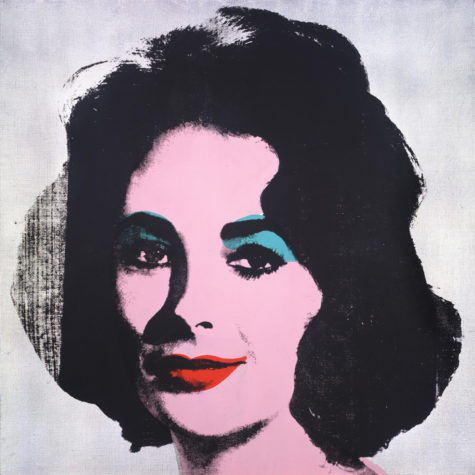
Andy Warhol, Silver Liz [Ferus Type], 1963, © The Andy Warhol Foundation for the Visual Arts, Inc.
Andy Warhol, Silver Liz [Ferus Type], 1963, © The Andy Warhol Foundation for the Visual Arts, Inc.
Downloads

Marisol, Andy, 1962–63, Guggenheim Abu Dhabi, Image Credit: © Acquavella LLC 1962-63, © 2021 Estate of Marisol / Artists Rights Society (ARS), New York
Marisol, Andy, 1962–63, Guggenheim Abu Dhabi, Image Credit: © Acquavella LLC 1962-63, © 2021 Estate of Marisol / Artists Rights Society (ARS), New York
Downloads
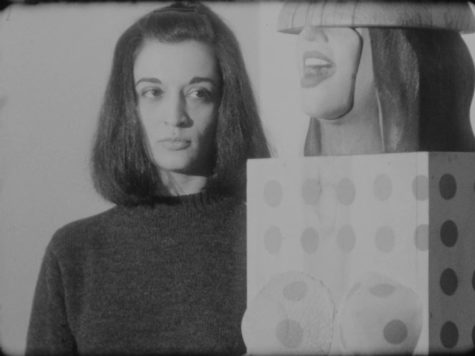
Andy Warhol, “Marisol – Stop Motion” (film still), 1964, 16mm film, black-and-white, silent, 3 minutes, © The Andy Warhol Museum, Pittsburgh, PA, a museum of Carnegie Institute. All rights reserved.
Andy Warhol, “Marisol – Stop Motion” (film still), 1964, 16mm film, black-and-white, silent, 3 minutes, © The Andy Warhol Museum, Pittsburgh, PA, a museum of Carnegie Institute. All rights reserved.

